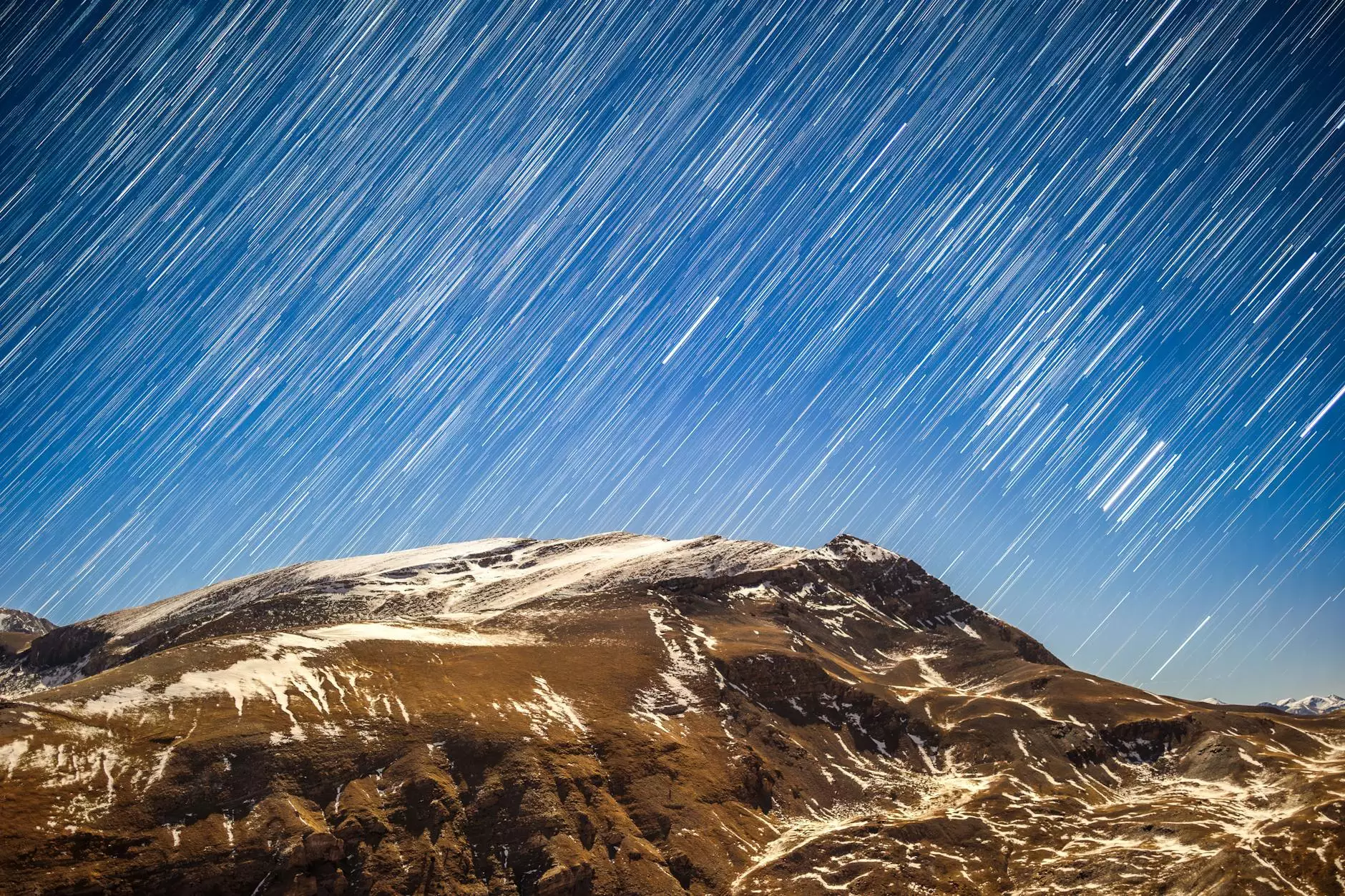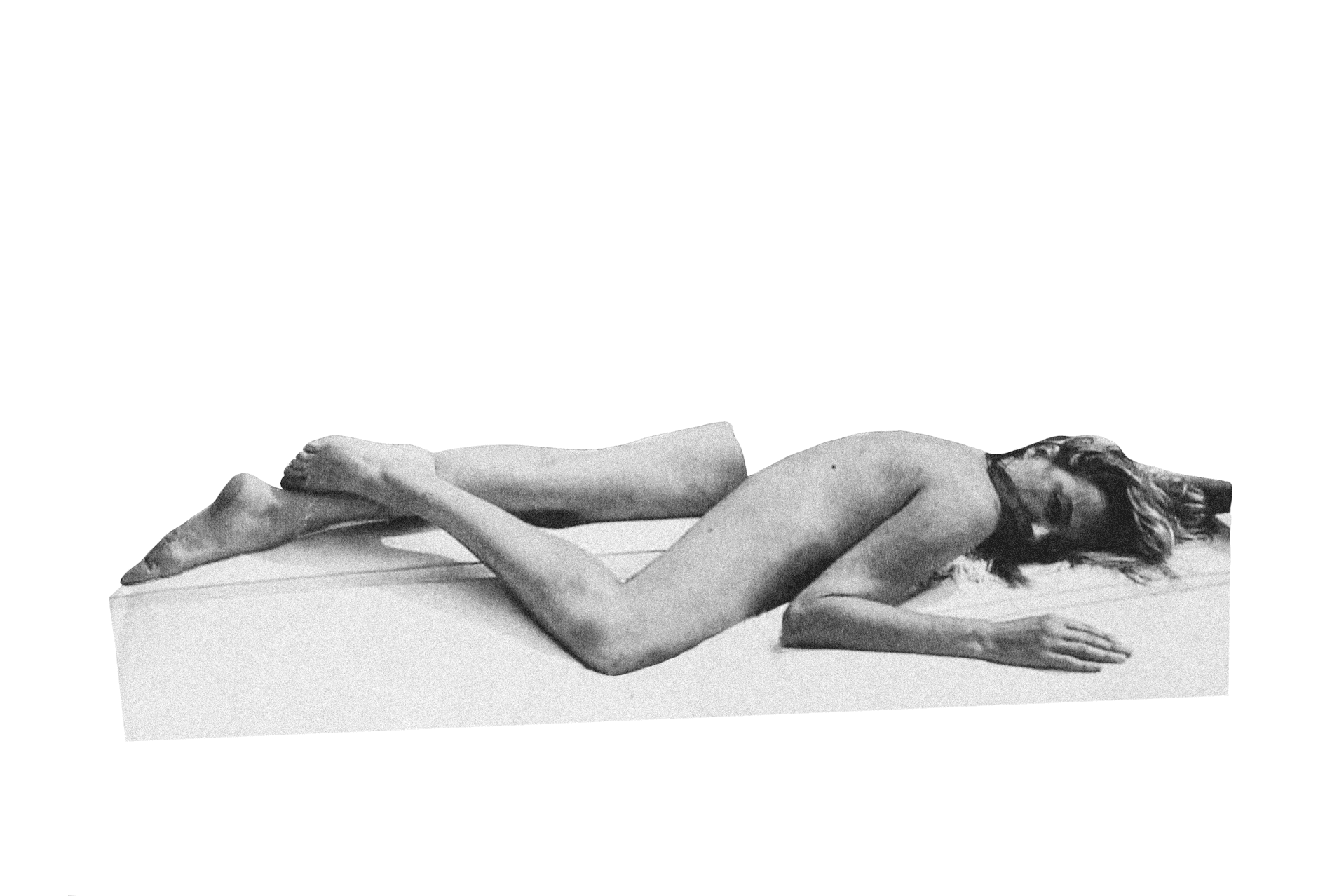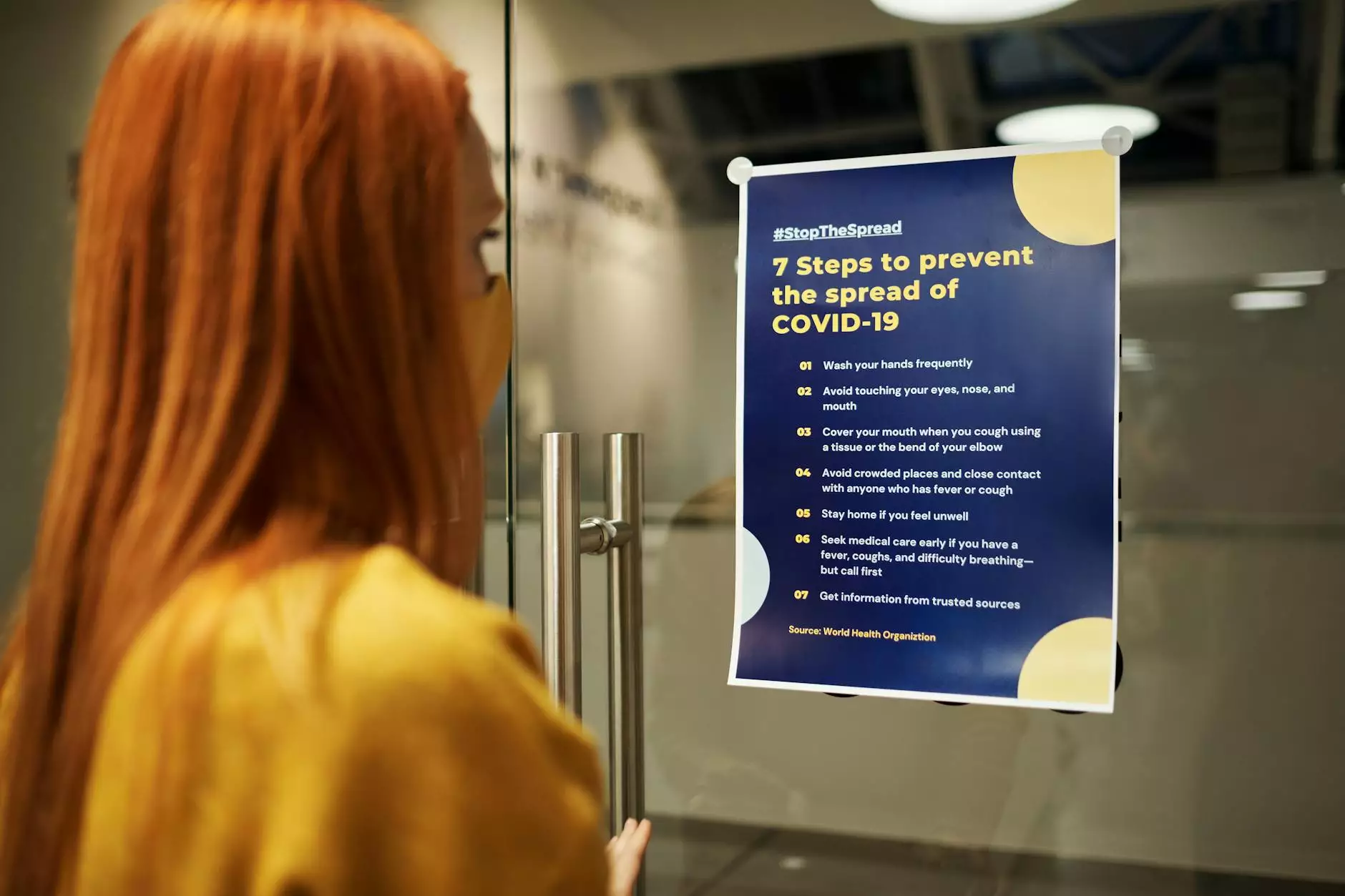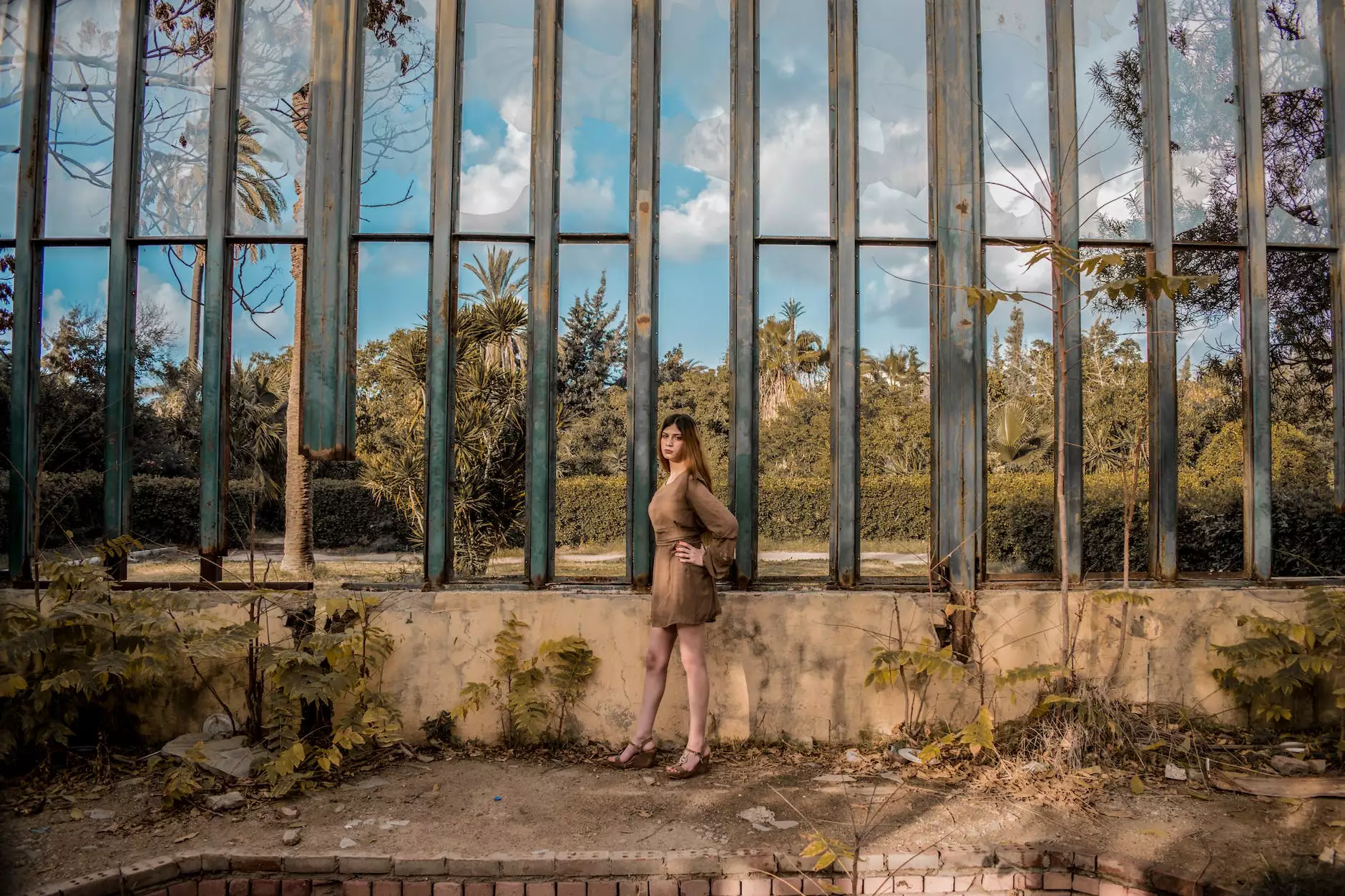Mastering Time Lapse Shooting and Processing for Stunning Visuals

In the ever-evolving world of photography and videography, time lapse shooting and processing has emerged as a mesmerizing technique that captures the essence of change over time. This article will delve into the intricacies of this art form, providing photographers and videographers, especially those in the realms of real estate photography, with a comprehensive guide to master this skill.
Understanding Time Lapse Photography
Time lapse photography refers to the technique of capturing a sequence of images at set intervals, which are then played back at a faster frame rate. This creates an illusion of time moving faster than normal, allowing viewers to witness gradual changes in a miniature version of reality. It is particularly effective in showing phenomena such as the movement of clouds, the blooming of flowers, or the hustle and bustle of city life.
The Science Behind Time Lapse
The magic of time lapse photography hinges on a fundamental principle: time is relative. When we compress hours or days of footage into a few seconds, we are manipulating the viewer’s perception of time. Through meticulous planning and execution, photographers can highlight processes that are otherwise imperceptible.
Why Use Time Lapse in Photography?
- Showcase Change: Time lapse allows photographers to showcase gradual changes in scenery—ideal for nature photography.
- Increase Engagement: Vivid visuals attract audiences and can significantly improve viewer engagement, especially in social media contexts.
- Storytelling: This technique can beautifully narrate stories over time, making it a powerful tool for real estate showcasing.
- Artistic Expression: Time lapse shooting opens a pathway for creativity, allowing photographers to explore abstract concepts visually.
Essential Equipment for Time Lapse Shooting
To embark upon the journey of time lapse shooting and processing, having the right equipment is fundamental. Here are the essential tools you will need:
Cameras
While many modern smartphones are equipped with time lapse capabilities, investing in a good DSLR or mirrorless camera often yields superior results. Look for a camera that offers:
- Manual control settings for exposure and focus.
- Intervalometer for automatic shooting.
- High-resolution video output.
Stabilization Equipment
To avoid shaky footage, a sturdy tripod or gimbal stabilizer is crucial. A well-stabilized shot will significantly enhance the quality of your final product. Options include:
- Heavy-duty tripods for stable ground setups.
- Gimbals for smooth motion in dynamic environments.
Editing Software
After capturing your footage, you will require robust editing software to compile and process your images effectively. Notable software includes:
- Adobe Premiere Pro: A professional-grade editing program that offers comprehensive editing tools for video creation.
- Final Cut Pro: Mac users will find this software user-friendly with powerful capabilities for time lapse videos.
- After Effects: Ideal for advanced editing and effects, allowing for detailed post-processing.
Steps for Effective Time Lapse Shooting
Successfully executing a time lapse requires planning, precision, and patience. Here’s a step-by-step guide that any aspiring time lapse photographer should follow:
1. Choose Your Subject
Select a subject that demonstrates visible change over time. Ideal subjects include:
- Urban landscapes showing traffic patterns.
- Nature scenes like sunsets or flower blooms.
- Construction projects illustrating progression.
2. Plan Your Interval and Duration
Determine how frequently you want to capture images (interval) and how long you want the entire process to last (duration). A common rule of thumb is to shoot every few seconds for short events and every few minutes for longer ones.
3. Set Up Your Camera
Place your camera on a stable surface, adjust settings such as ISO, aperture, and shutter speed to ensure consistent exposure, and enable the intervalometer to start capturing images automatically.
4. Monitor Your Setup
Occasionally check on your camera to ensure that it remains stable and that the initial framing has not shifted. This might be essential in changing lighting environments.
5. Post-Production Editing
Import your captured images into your editing software and configure the frame rate to play the images in succession, creating the desired time lapse effect. Fine-tune the output for optimal quality and clarity.
Editing Techniques for Time Lapse Videos
The editing process is where your time lapse truly comes to life. Here are some tips to enhance your footage:
Color Grading
Take advantage of color grading to give your time lapse video a distinct look. Use tools in your editing software to adjust shadows, highlights, and color balances effectively.
Add Music and Effects
Incorporating background music or sound effects can add an emotional layer to your time lapse. Choosing the right soundtrack can greatly influence the audience’s perception and engagement with your work.
Incorporating Text and Graphics
Use overlays to provide context or title your work. Text can inform viewers about the location or the process happening in your video.
Common Mistakes to Avoid in Time Lapse Photography
As with any photography technique, there are pitfalls to be aware of. Here are some common mistakes and how to avoid them:
- Neglecting to Check Battery Life: Always ensure your battery is charged, especially for long-duration shots.
- Inconsistent Settings: Keep your camera settings uniform throughout the shoot for a professional appearance.
- Ignoring Weather Changes: Weather can dramatically affect your footage; be prepared for changes or interruptions.
Benefits for Real Estate Photography
In the competitive field of real estate photography, incorporating time lapse shooting and processing can provide an edge. Here’s how:
Effective Property Tours
Create immersive experiences by showcasing properties from daylight to sunset, encapsulating multiple aspects of the home’s ambiance and surroundings.
Highlighting Construction Progress
Time lapse videos can illustrate the timeline of construction projects, enhancing client presentations and providing valuable insights into future developments.
Engagement for Marketing
Utilizing time lapse photography in marketing materials or social media campaigns boosts engagement rates and draws attention to listings.
Conclusion
The art of time lapse shooting and processing is a powerful tool for photographers looking to capture and convey the beauty of change. By mastering this technique, you not only enhance your skillset but also elevate the quality of your work. Whether for personal projects or professional real estate endeavors, time lapse videos resonate with audiences, drawing them into your visual storytelling. At bonomotion.com, we encourage photographers to explore this innovative technique to create compelling visuals that leave lasting impressions.









